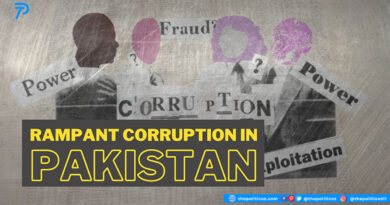Peru Crisis: Protests Turn Deadly
Introduction
At least 17 people were killed, and 68 people were injured in clashes with police in southern Peru, in a city called Juliaca, located near Lake Titicaca’s banks. These clashes occurred on Monday, which was the deadliest day of protests. The protests are demanding early elections and the release of jailed former President Pedro Castillo. Among the casualties are at least two teenagers, according to the health ministry. The article also mentions that the country’s human rights office confirmed the death toll and injuries. The events in the report happened on a specific day, and the death toll is guaranteed. The clashes and the crisis in Peru are the continuing demonstrations calling for early elections and the liberation of a former head of state from prison.
The recent deaths of civilians in southern Peru during clashes between protesters and government forces. These deaths include a young medical student, a 22-year-old man who had saved up enough to study mechanics, and an ice cream vendor. They were not participating in the demonstrations but were caught in the violence. It is reported that at least 17 civilians and one police officer were killed on this day. The killings were met with widespread condemnation by the Peruvian security forces, who were responsible for most of the deaths, and have been accused of using lethal force indiscriminately against civilians.
In Peru, widespread protests have erupted because of the impeachment and seizure of former President Pedro Castillo on corruption charges and for an attempted “coup.” The impeachment and arrest of Castillo led to the ascent of his former vice-president, Dina Boluarte, to the presidency. Still, many Peruvians view her as an illegitimate leader and call for fresh elections.
The government’s response to the protests, including allegations of undue and excessive force, has further fueled the protesters’ anger. The protesters have also been responsible for acts of violence such as vandalism, arson, and blockading highways, causing significant damage and lost revenue. The situation has also impacted Peru’s tourism industry, significantly contributing to the economy. Overall, the article highlights the dire situation in Peru and the need for a peaceful resolution to be found soon before the condition worsens.
In recent weeks, Peru has been amid a crisis, as widespread protests against the government have turned deadly. The problem began in November 2020 when President Martín Vizcarra announced a series of measures to curb corruption in the country. These measures included the dissolution of Congress and the calling of new elections.
However, the opposition saw these moves as an attempt by Vizcarra to consolidate power, and they responded by calling for his resignation. Protests soon erupted across the country, with thousands of people taking to the streets to demand Vizcarra’s ouster.
The protests have been marked by intense clashes between demonstrators and police, with both sides using violent tactics. In addition, there have been reports of looting and arson, and several people have been killed in the violence.
Demands of Protesters
One of the protesters’ main demands is the fight against corruption, which is seen as a significant problem in Peru. Corruption scandals have recently plagued the country, and many people feel that the government has not done enough to address the issue.
Another key demand of the protesters is improving public services, such as healthcare and education. Many Peruvians feel that the government needs to invest more in these areas. This has led to a decline in the quality of life for many people.
As the crisis escalated, the international community expressed concern about Peru’s situation. The United Nations has called for an end to the violence and for all parties to engage in dialogue. Several countries have issued statements condemning the violence.
In conclusion, the Peru crisis results from widespread anger over corruption and a lack of investment in public services. The protesters’ demands are legitimate, but the violence and the death toll are unacceptable. The government and the opposition must dialogue and find a peaceful solution to the crisis, which will benefit the country and its citizens.
Shoeb Hassan | Writer is Political Science Graduate from Karachi University.




